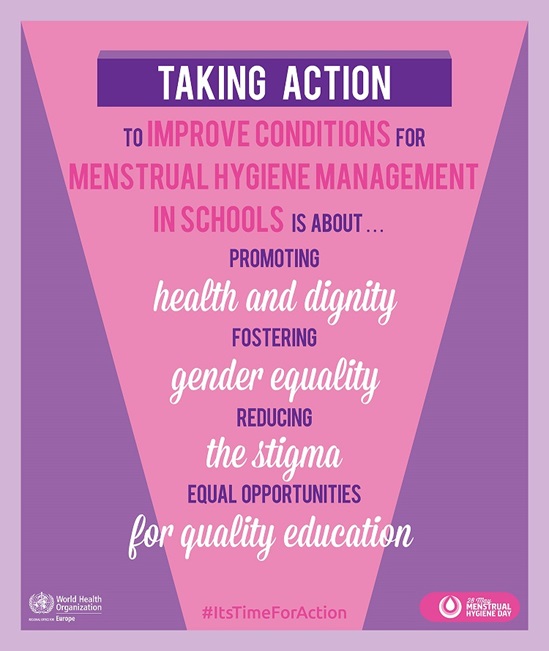Implementing water safety plans in the European Region
The “WHO Guidelines for drinking-water quality” recommend water safety plans (WSPs) as the most effective means of consistently ensuring the safety and acceptability of a drinking-water supply. The WSP approach represents WHO’s health response to Sustainable Development Goal (SDG) 6, which aims to achieve safe drinking-water for all.
Across the WHO European Region, the WSP approach is increasingly being adopted by water suppliers and included in national drinking-water regulations as a benchmark for the delivery of safe drinking-water. The Protocol on Water and Health promotes the WSP approach, and several countries in the Region have set targets under the Protocol aiming towards WSP uptake and scaling-up.
WHO/Europe is supporting Member States across the Region in implementing WSPs. Activities range from supporting the development of policies and regulatory frameworks to building capacities of drinking-water suppliers and public health institutions on WSP introduction and surveillance.
Key steps for effective water safety planning
WSPs are based upon a comprehensive risk-assessment and risk-management approach, which addresses all steps in water supply – from catchment to consumer. WSPs guide day-to-day system operation and thus ensure the continued reliability and safety of the water supply. The principles underpinning a WSP are adaptable to all types and sizes of water supply. A WSP comprises the following steps:
- Assemble a multidisciplinary team of local water supply stakeholders to develop and implement the WSP.
- Gather detailed and up-to-date system information, which is verified in the field.
- Systematically identify hazardous events that could affect water safety in the whole supply chain through introducing chemical, physical and microbiological hazards, including consideration of extreme weather events, accidents or malpractice (e.g. in agriculture) in the vicinity of the supply.
- Evaluate the health risks associated with each hazardous event, taking into account the effectiveness of existing control measures.
- Plan actions and develop an improvement plan to address priority risks that are not controlled appropriately, including revised control measures, upgrades to infrastructure and improved management procedures. Incremental change is stipulated as each improvement is prioritized by its public health relevance and validated upon completion.
- Prepare management procedures for normal operating conditions and incident situations.
- Establish operational monitoring of control measures to assess their continued effectiveness and to allow for timely corrective action to prevent problems occurring.
- Verify the effectiveness of the WSP through compliance monitoring and auditing.
- Carry out periodic review of the WSP in order to keep it up to date, and revise the WSP where necessary, reflecting on lessons learned from near misses and unforeseen incidents.










